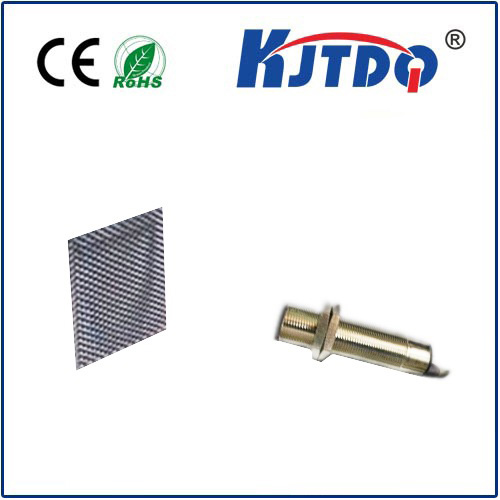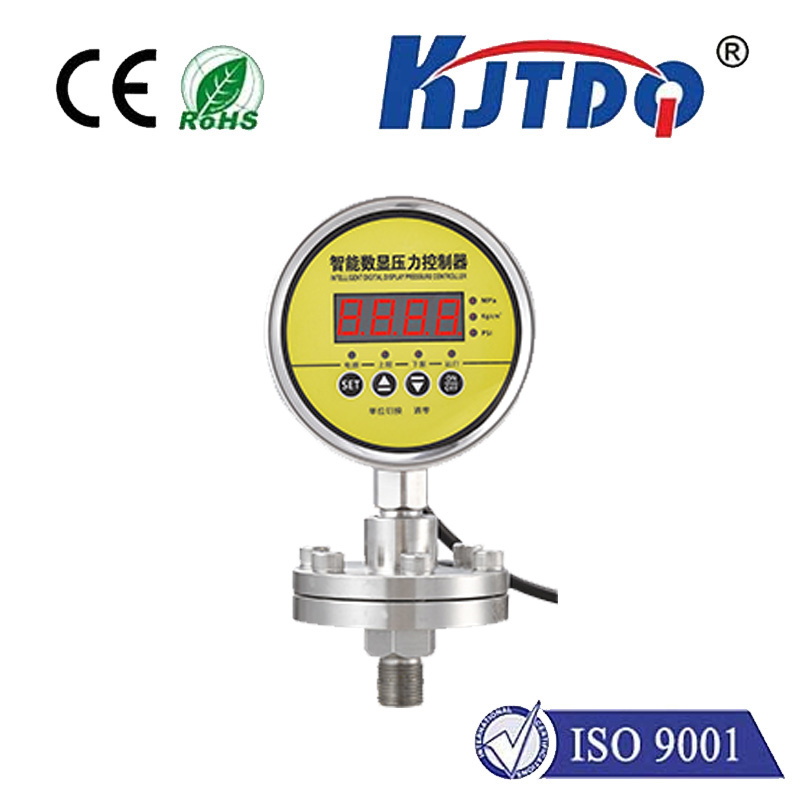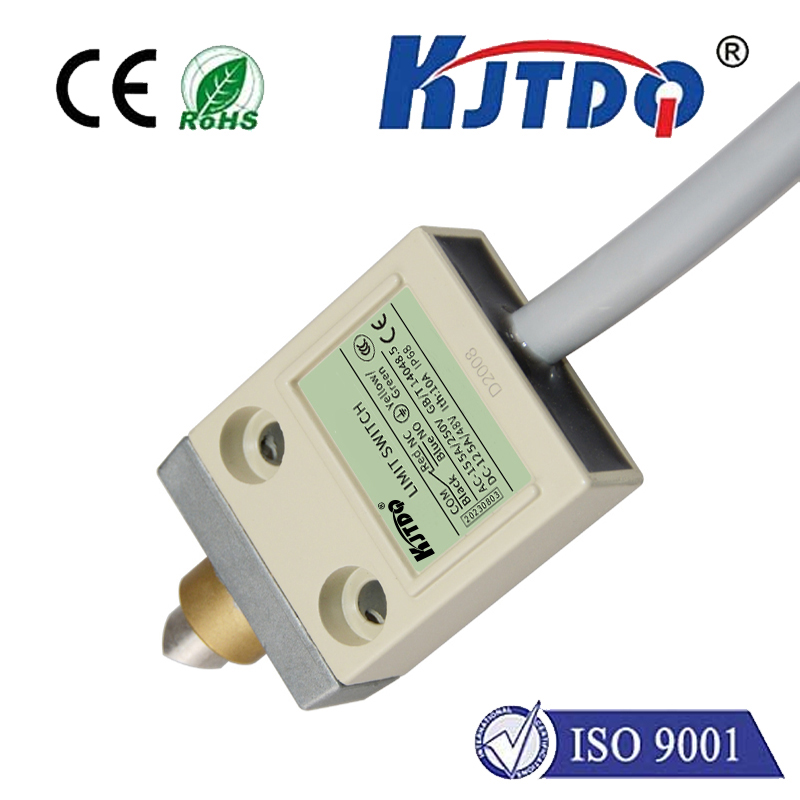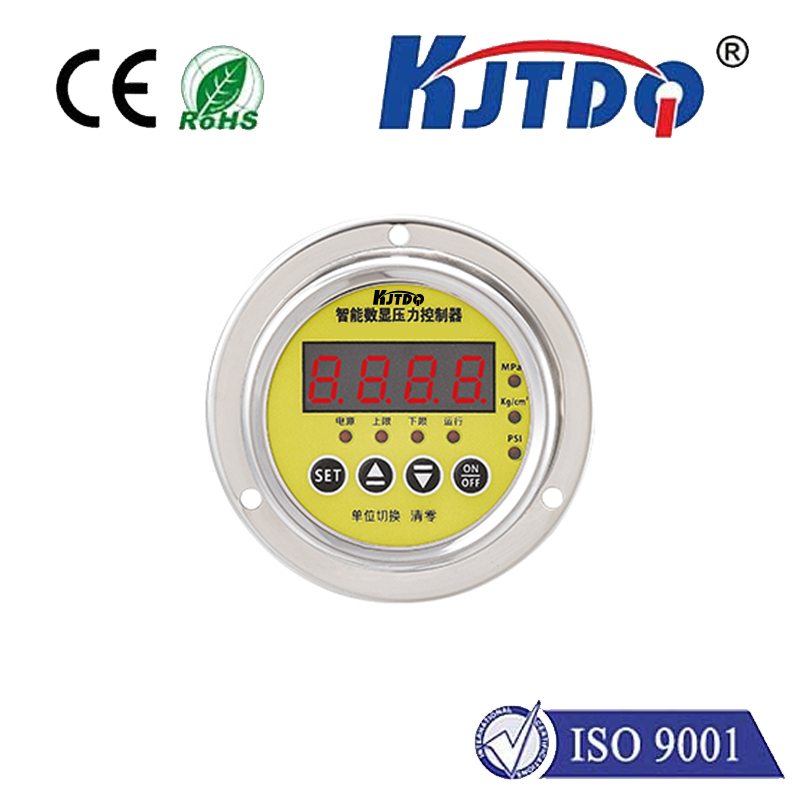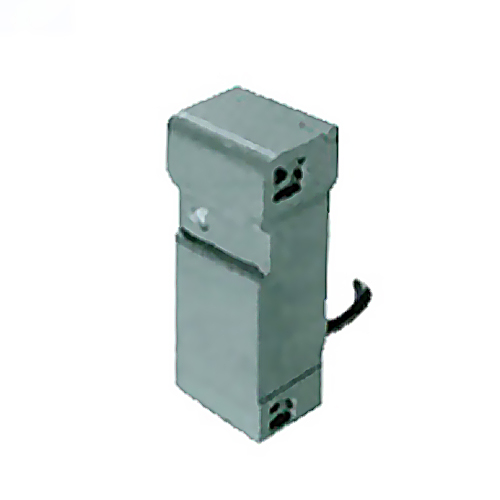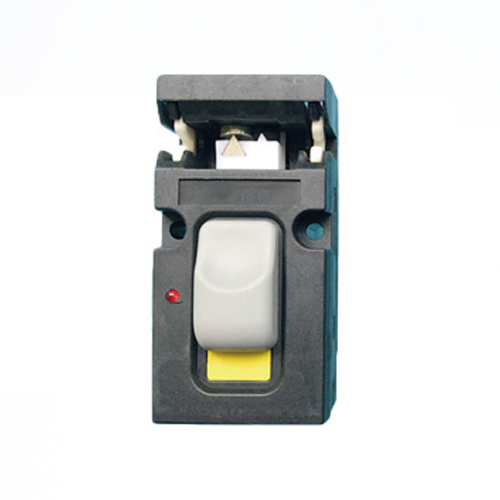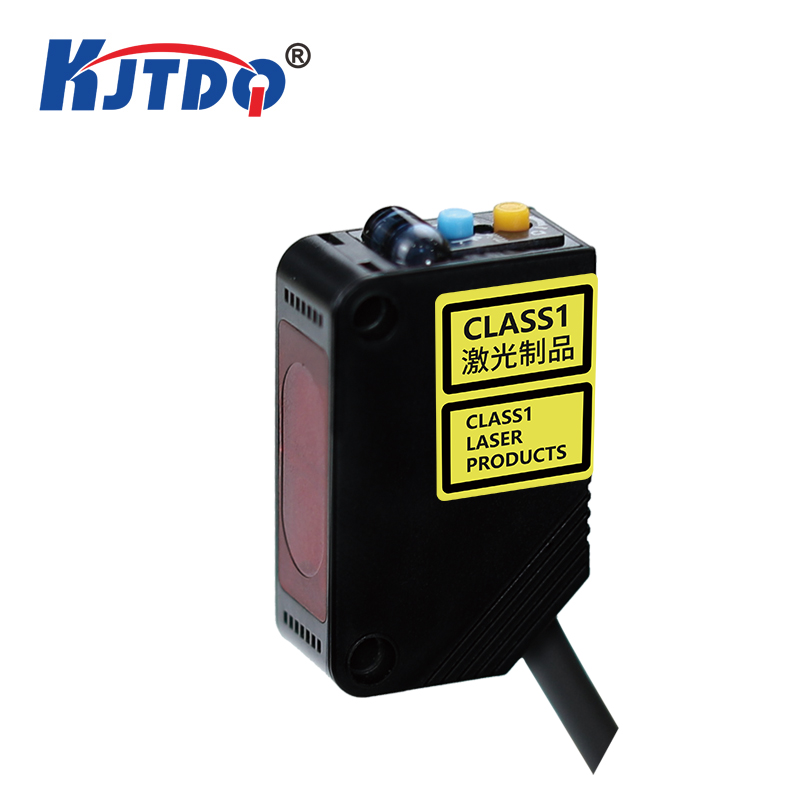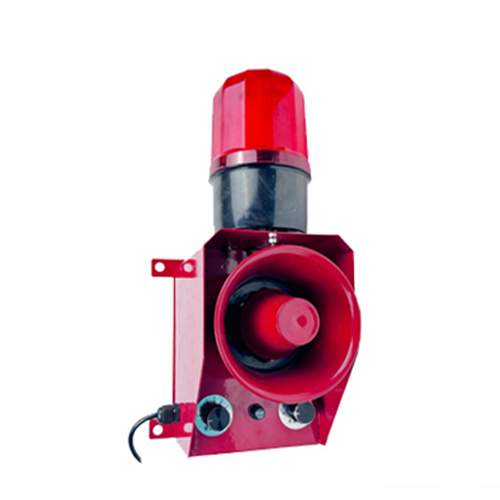

check

check

check

check

check

check

check

check

check

check
Introduction:
Mechanical proximity switches are an essential component in various electronic devices, including industrial automation, automotive systems, and consumer electronics. These switches operate based on the presence or absence of an object, making them ideal for controlling devices based on their proximity to a sensor. In this article, we will explore the advantages and applications of mechanical proximity switches, their technology, and how they contribute to improving efficiency in different industries.
Advantages of Mechanical Proximity Switches:
Mechanical proximity switches offer several benefits over other types of switch technologies. Some of the key advantages include:
1. Easy installation: Mechanical proximity switches can be easily installed without requiring any additional components or hardware. This makes them a cost-effective solution for many applications.
2. Low maintenance: Because mechanical proximity switches do not have moving parts, they require minimal maintenance compared to other switch technologies. This reduces downtime and increases reliability.
3. High accuracy: Mechanical proximity switches can detect objects with high accuracy even in harsh environments, such as high temperatures or dusty conditions. This ensures reliable operation in a wide range of applications.
4. Compact design: Mechanical proximity switches are designed to be compact, making them ideal for use in limited space applications such as sensors in wearable devices or robotics.
Applications of Mechanical Proximity Switches:
Mechanical proximity switches have numerous applications across various industries. Some of the most common use cases include:
1. Industrial Automation: Mechanical proximity switches are widely used in industrial自动化 systems, such as manufacturing lines and conveyor systems. They can control the movement of machines based on the presence or absence of a worker or object, improving safety and efficiency.
2. Transportation: Proximity switches are used in automotive systems to detect objects like pedestrians and other vehicles, enhancing safety while driving. They can also be used in parking guidance systems to help drivers find available parking spaces.
3. Home Electronics: Proximity switches are commonly found in home electronics, such as voice assistants (e.g., Amazon Echo), where they trigger actions based on the user's proximity to the device.
4. Security Systems: Mechanical proximity switches are used in security systems to detect intruders or unauthorized access. They can trigger alarms or lock doors based on the detection of a person or object beyond a specified distance.
Conclusion:
Mechanical proximity switches offer several advantages over other switch technologies due to their ease of installation, low maintenance requirements, high accuracy, and compact design. Their diverse applications across industries such as industrial automation, transportation, home electronics, and security make them a valuable component in modern electronic devices. As technology continues to evolve, mechanical proximity switches are likely to play an increasingly important role in shaping the future of various industries.
